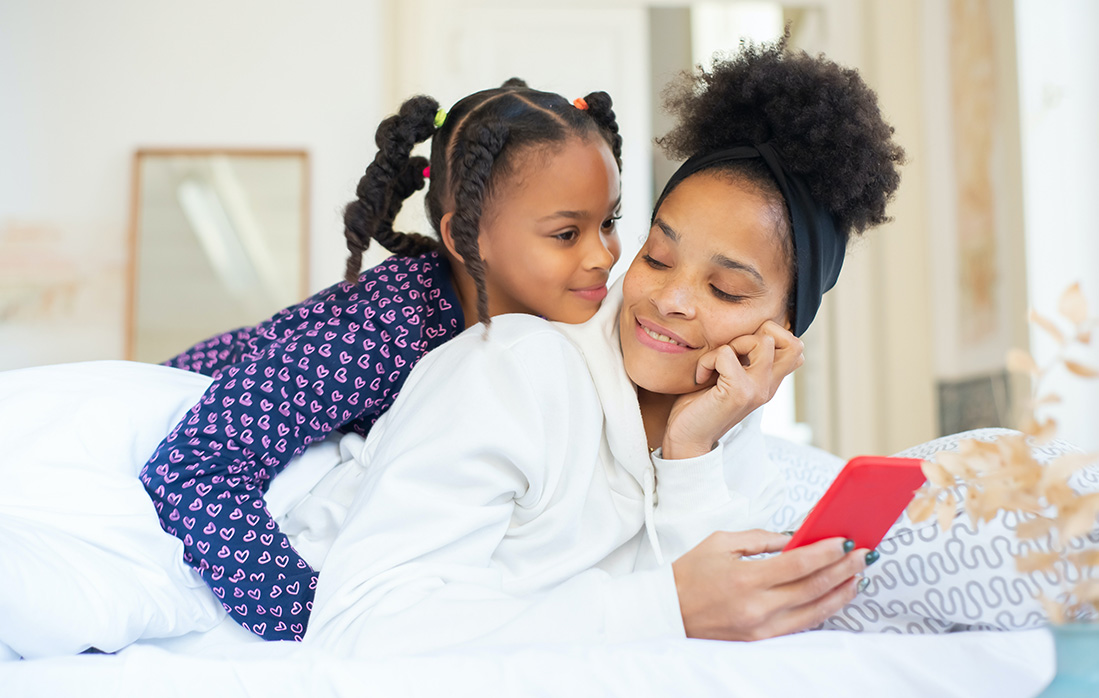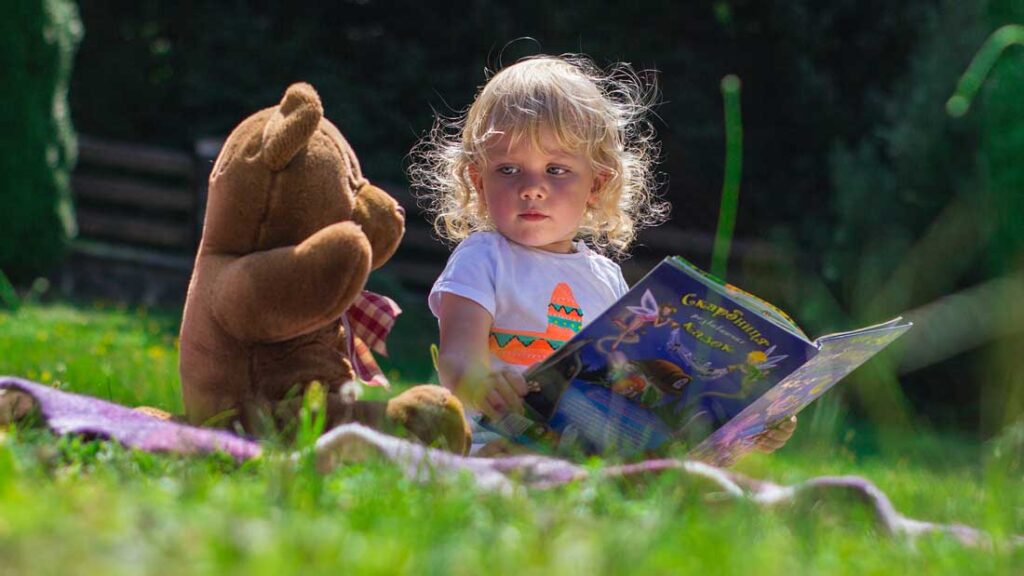
If you didn’t think AI technology could do everything, you were wrong. An AI teddy bear has now become a new possibility that promises to put children to sleep with highly personalized bedtime stories.
With this new technology, it’s possible to imagine a world where parents’ only job will be to tuck their children into bed and leave the rest of the work to the teddy bear, who will learn their child’s favorite bedtime stories, and customize how they tell them.
This might sound like the best solution for tired and hard-working parents, but what about the potential for not-so-great effects, like, well, leaving your toddler with yet another device instead of spending extra cuddle time with them?
We wanted to look further into this because we had the sneaking suspicion it might be too good to be true.
What Is the AI Teddy Bear?
Not only will this teddy bear be able to read customized stories to a child, but it will be specifically customized for the child it is reading the story to.
VTech, the makers of the future bear, are known for its other electronic toys that are aiding children in learning and development. Many parents will instantly recognize another VTech staple, the popular stand-and-learn walker — a go-to for little ones transitioning from crawling to walking.
This means that the teddy bear will know more than just a bedtime story the child enjoys. It will also know certain details about the child’s personal information. Scary, right?
The CEO of VTech Holdings, Allen Wong, spoke with the Financial Times about the possibility of AI toys coming into the works for 2028 (yes, this one might be best marketed to non-parents at the moment, since it’ll be about five years before it hits the market.)
“You can incorporate not only the kid’s name but the kid’s daily activities. [It] knows you go to [this] school… who your friends are,” Wong said. “It can actually be telling a story and talking almost like a good friend.” (Megan vibes, anyone?)
Wong also said the toy can have realistic conversations with any child that involve responses and answers.
“The kids… can actually talk to the toy, and the toy can actually give [them] a response,” he added. “So [there are] many, many possibilities.”
Even though the teddy bear plans to come in the seemingly distant future, there are also some other similar talk-and-respond toys on the market at the moment. For example, the Baby Gund Flappy The Elephant Musical Stuffed Animal is an interactive toy that flaps its ears and is able to play peekaboo with a child.
A toy more similar to the bear is the LeapFrog My Pal Violet toy that can fully customize itself to a child. For instance, the toy can learn a child’s name, sing songs, and personalize learning. However, the AI teddy bear might take these features to the next level.
The future seems bright in terms of new technology inventions that make our lives easier, but how can this impact kids at such a vulnerable age?
Wong said that AI technology brings many benefits, but with those benefits something might be jeopardized.
“We should be aware of the dangers, privacy, security, what kinds of things to teach and what not to teach,” he said.
Is this something we should truly be worried about or is this the future for bedtime? We spoke with an expert to learn more.
What an Expert Thinks
Lauri Leadley, who is a clinical sleep educator and the founder and president of Valley Sleep Center said an AI-minded stuffed animal will never replace the role of a parent or grandparent to tuck a child in for bedtime, but it could have some benefits.
“This is prime time for a child’s imagination to run away with itself, and conjure up images of monsters under the bed, and boogie men in the closet,” she said. “An AI teddy bear may serve as that security blanket that a child can talk to and gain reassurance from as they drift.”
Nevertheless, there are still drawbacks associated with this creation. For instance, a child might develop excessive dependence on the bear, making it challenging for them to detach from it as they grow older.
“However, anything we tend to rely on at an early age, becomes part of our routine, or habit,” she said. “I’m a firm believer in allowing kids to self-soothe, and to learn how to look forward to rest time… on their own.”
Leadley also said that an AI teddy bear might have the power to hinder a child’s imagination and creativity. This toy could possibly weaken a child’s ability and motivation to do activities on their own. Without critical thinking, they won’t be able to use their imagination and come up with ideas of their own.
She also said that an AI teddy bear can’t tuck in a child at night or replace the love and emotional bond between a parent and their child. After a long day at work, she said it is important for parents to take this precious time with their child to create special moments to look back on.
So, would you buy this AI teddy bear? For us at Sleepopolis, we still might have some more thinking to do. Luckily, we have a few years.
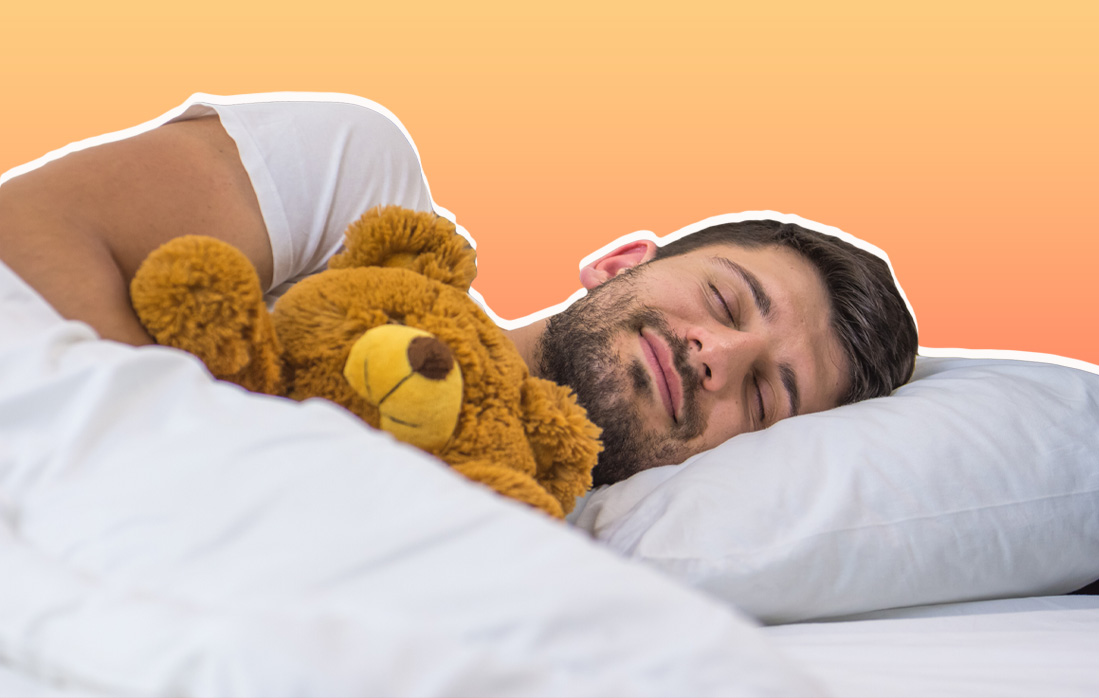
Rethinking the Stuffie: How Our Childhood Plushies Might Help Us
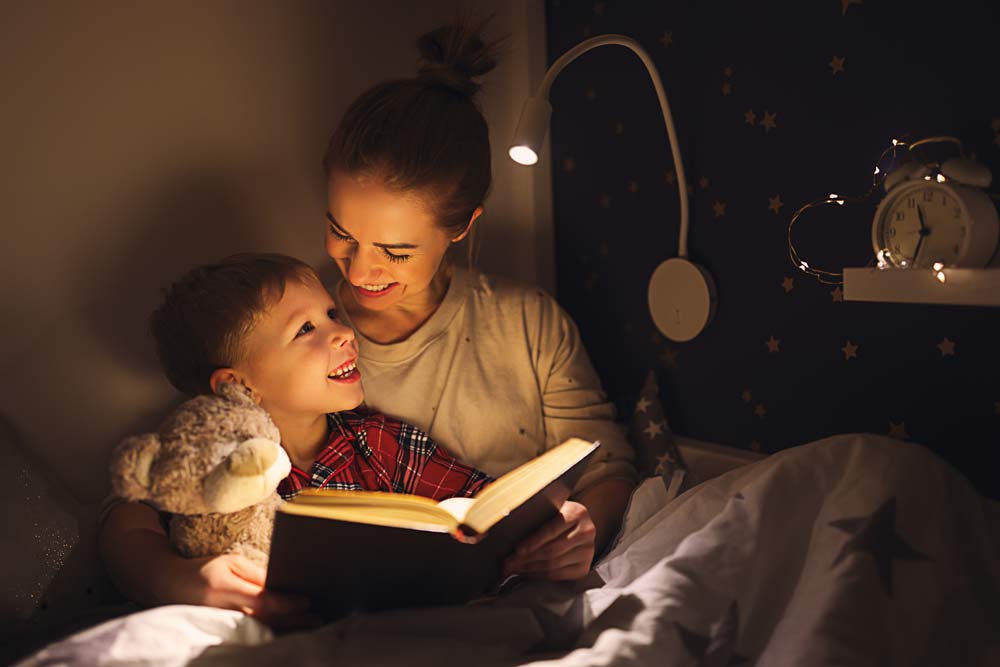
Expert-Recommended Bedtime Stories for Kids
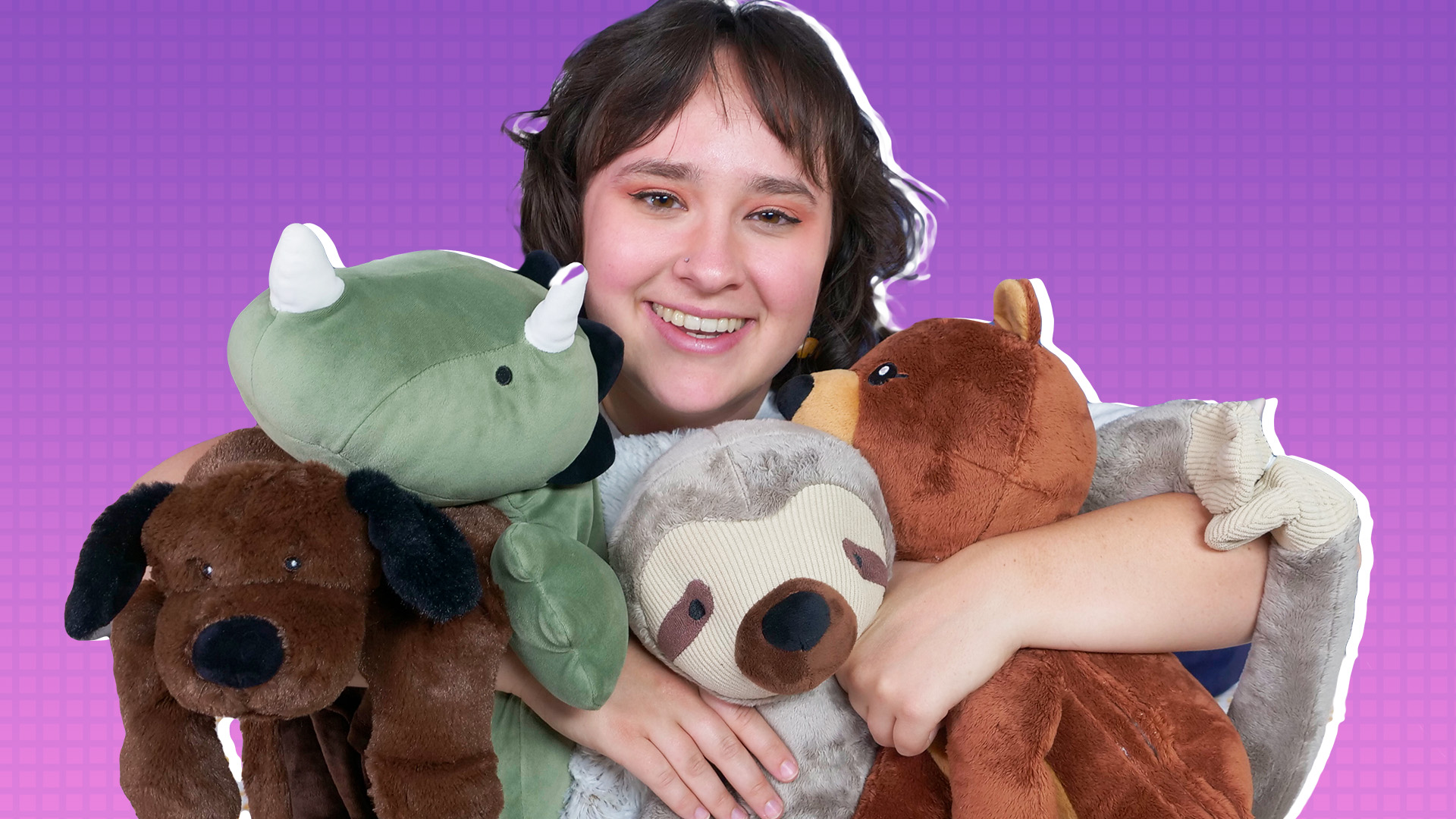
Best Weighted Stuffed Animals
